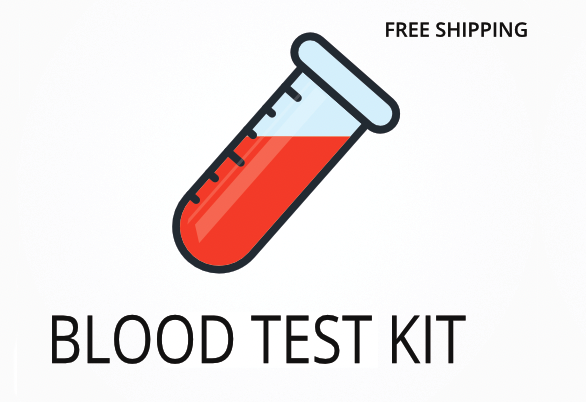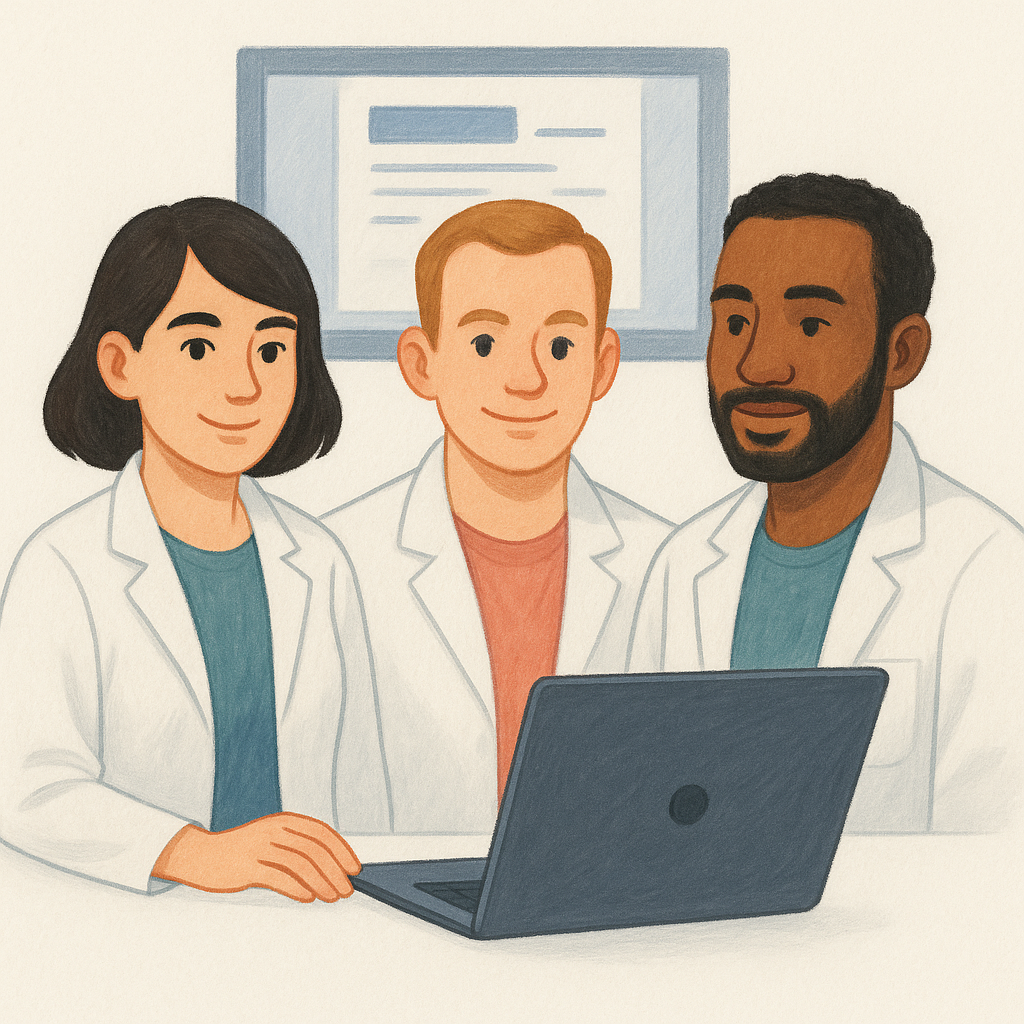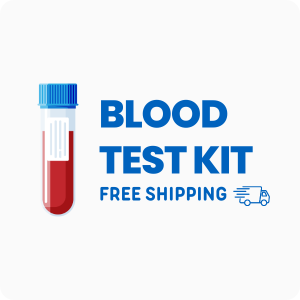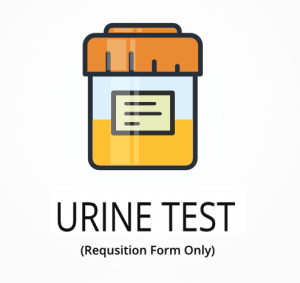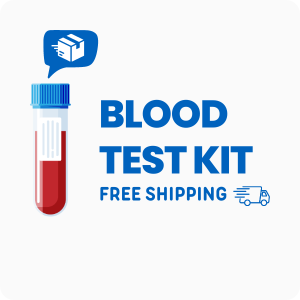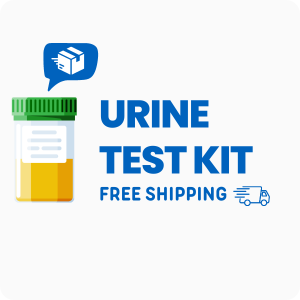Ordering the Hormonal Health | New York Lab Test
Ordering the Hormonal Health | New York lab test helps identify hormone imbalances that may be linked to symptoms like fatigue, mood changes, irregular periods, or weight gain. This test measures a range of hormones, including estrogen, progesterone, testosterone, and cortisol, which can affect many body functions. Interestingly, hormone levels can shift with age, stress, or certain health conditions, sometimes causing symptoms that are easy to overlook or mistake for other issues.
Ordering this test offers several specific benefits:
- Pinpoints which hormones are out of balance, helping guide targeted treatment plans.
- Detects early signs of hormone-related conditions, such as polycystic ovary syndrome (PCOS) or menopause.
- Monitors hormone therapy progress for those already receiving treatment.
- Helps explain unexplained symptoms like hair loss, night sweats, or low libido.
- Provides a clear baseline for future hormone testing and comparison.
Who Should Consider Hormone Imbalance Testing
People who have been feeling tired, dealing with mood swings, or noticing changes in their menstrual cycle may benefit from hormone imbalance testing. For example, someone who has been struggling with persistent acne, unexplained weight gain, and trouble sleeping might find that these symptoms are connected to hormone changes.
Ordering this test may also be helpful in these situations:
- Experiencing hot flashes or night sweats before the typical age for menopause
- Having trouble getting pregnant despite regular cycles
- Dealing with ongoing anxiety or depression that hasn’t improved with other treatments
- Noticing hair thinning or loss that doesn’t respond to usual hair care routines
- Finding that breast tenderness appears only during certain times of the month, which can be linked to hormone shifts
Testing for hormone levels can help identify the cause of symptoms like irregular periods, mood changes, or unexplained fatigue, making it easier to find the right treatment. Delaying this test could mean missing early signs of hormone imbalance, which may make symptoms harder to manage later.
How to Prepare for Hormone Panel Testing
Fasting is not required for this test, but it’s important to follow the specific instructions included in your Genova Diagnostics test kit. Always go by any guidance your doctor or healthcare professional provides to make sure your sample is collected correctly and your results are as useful as possible.
Labs Included When Ordering Your Hormonal Health | New York Lab Test
| Test Name | Reference Range | What This Biomarker Means | Low and High Levels of Hormonal Health | New York |
|---|---|---|---|
| Estrone | Men: 10-60 Women (premenopausal): 17-200 Women (postmenopausal): 7-40 |
Estrone is a type of estrogen made mainly in fat tissue and ovaries. It helps regulate menstrual cycles and supports bone strength. | High levels mean possible estrogen dominance, which can cause symptoms like bloating or breast tenderness.
Low levels mean reduced estrogen activity, which may lead to bone loss or irregular cycles. |
| Estradiol | Men: 10-40 Women (follicular): 30-120 Women (luteal): 70-250 Women (postmenopausal): 10-50 |
Estradiol is the main estrogen in women of childbearing age. It affects mood, bone health, and reproductive function. | High levels mean risk for estrogen-related symptoms like heavy periods or mood swings.
Low levels mean possible menopause or issues with ovary function. |
| Estriol | Non-pregnant: <7 Pregnant: 2,800-57,000 |
Estriol is a weaker estrogen, mostly present during pregnancy. It helps with fetal development and supports vaginal and urinary health. | High levels mean possible pregnancy or hormone therapy effects.
Low levels mean reduced estrogen support, especially outside of pregnancy. |
| 2-Hydroxyestrone | 0.5-3.0 | 2-Hydroxyestrone is a breakdown product of estrogen. It is considered a “good” estrogen metabolite and may help protect cells. | High levels mean increased estrogen breakdown, which may lower estrogen effects.
Low levels mean less estrogen detoxification, possibly raising risk for estrogen-related symptoms. |
| 16a-Hydroxyestrone | 0.5-2.5 | 16a-Hydroxyestrone is another estrogen metabolite. High levels may be linked to higher risk for certain hormone-related conditions. | High levels mean more active estrogen, which may increase risk for hormone-driven symptoms.
Low levels mean less active estrogen, possibly reducing estrogen effects. |
| Testosterone | Men: 300-1,000 Women: 15-70 |
Testosterone is a hormone important for muscle strength, energy, and sex drive in both men and women. | High levels mean possible PCOS in women or excess hair growth.
Low levels mean reduced energy, low libido, or muscle loss. |
| Sex Hormone-Binding Globulin (SHBG) | Men: 10-57 Women: 18-144 |
SHBG is a protein that carries hormones like testosterone and estrogen in the blood. It controls how much hormone is available for use. | High levels mean less free hormone, which can lower hormone effects.
Low levels mean more free hormone, which can increase hormone activity. |
| DHEA-S | Men: 80-560 Women: 35-430 |
DHEA-S is made by the adrenal glands and helps make other hormones. It supports energy, mood, and immune function. | High levels mean possible adrenal overactivity or hormone-producing tumors.
Low levels mean reduced hormone production, which can cause fatigue or low mood. |
| Estrone Sulfate | Men: 20-60 Women: 40-200 |
Estrone sulfate is a storage form of estrogen. It can be converted back to active estrogen when needed. | High levels mean increased estrogen storage, which may affect hormone balance.
Low levels mean less stored estrogen, possibly lowering estrogen support. |
| Progesterone | Men: <1 Women (follicular): 0.2-1.5 Women (luteal): 2.0-25 |
Progesterone is a hormone that helps prepare the uterus for pregnancy and balances the effects of estrogen. | High levels mean possible pregnancy or hormone therapy effects.
Low levels mean trouble with ovulation or irregular cycles. |
Reference ranges may change slightly as labs update their standards, so always check your report for the most current values.
Hormonal Health | New York FAQ
Is there Hormonal Health | New York testing near me?
This is a test kit that you can collect locally, and you can find a draw location using the link at the top of the page. For those experiencing symptoms like irregular periods or unexplained fatigue, having a nearby collection site makes it easier to get tested quickly and start finding answers.
How do I interpret the test results?
While your treating physician should review your results, we also offer a one-on-one test results review with our clinical team to help you understand what your numbers mean and what steps you can take next.
What is the cost of the test?
The price listed for this test includes standard shipping to you and return shipping to the lab, but draw fees may apply at your local collection site. Ordering this test can help you address hormone-related symptoms sooner, which may lead to faster relief and more targeted treatment.
How often should I retest?
Retesting is usually recommended every 6 to 12 months, especially if you are starting or changing hormone therapy, or if your symptoms change. Regular testing helps track your progress and ensures your treatment plan stays on target.
How accurate is the test?
This test uses advanced liquid chromatography-tandem mass spectrometry (LC-MS/MS) for hormone measurement, with a specificity of 98% and sensitivity of 97%. TrueHealthLabs.com partners with CLIA-certified and CAP-certified laboratories to uphold rigorous testing standards for dependable results.
Medical Review Board
Reviewed by Jeff Donohue M.D. from Body Logic and Brady Hurst DC, CCCN. Written by True Health Lab’s team of editorial health contributors.
Disclaimer: This information is for educational purposes only and not intended as medical advice. Consult your healthcare provider for personalized guidance.
Why Customers Trust True Health Labs - What People are saying
Also rated 4.6 out of 5 based on 3452 ShopperApproved reviews- See all TrueHealthLabs.com reviews.


